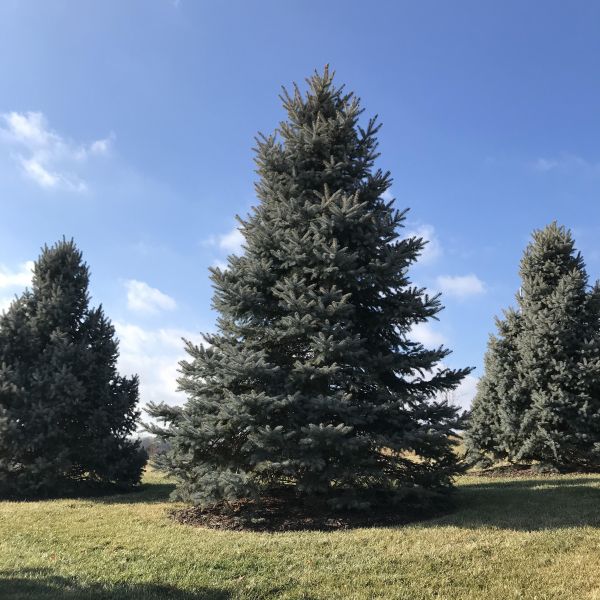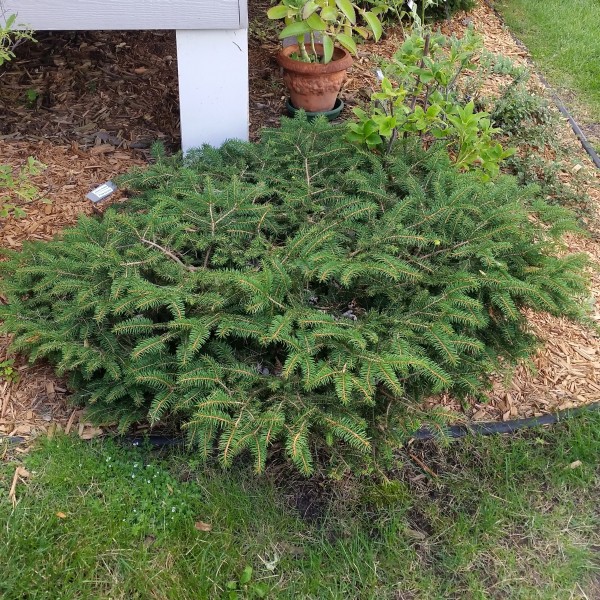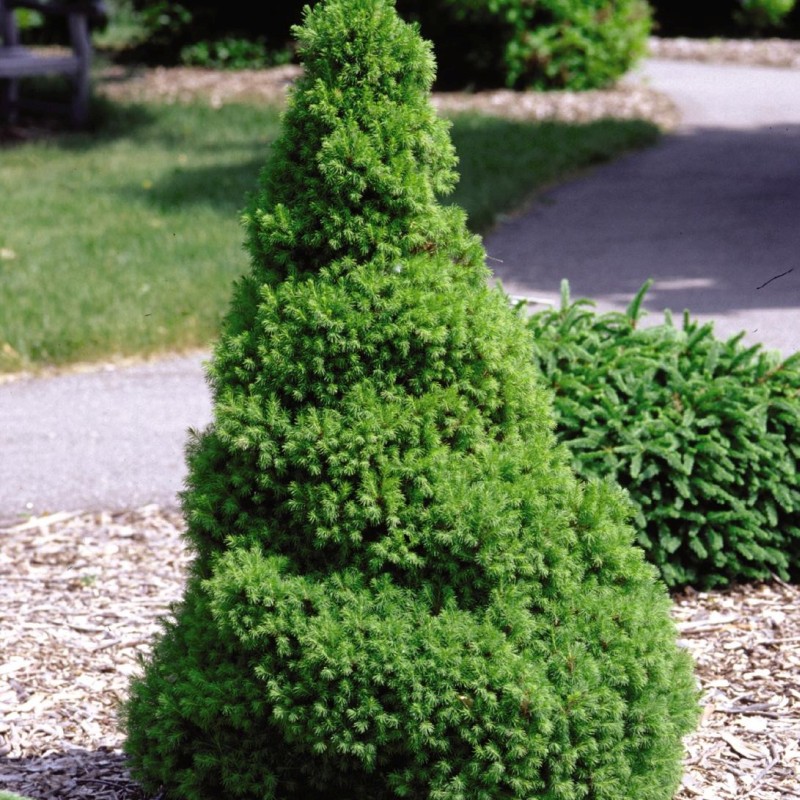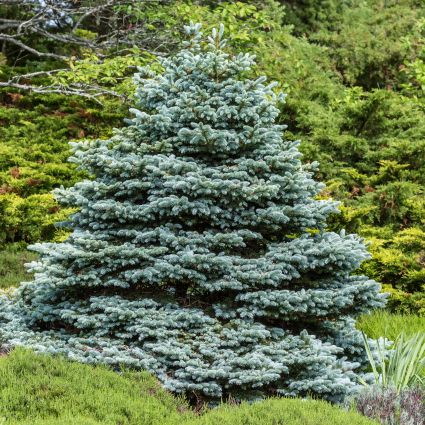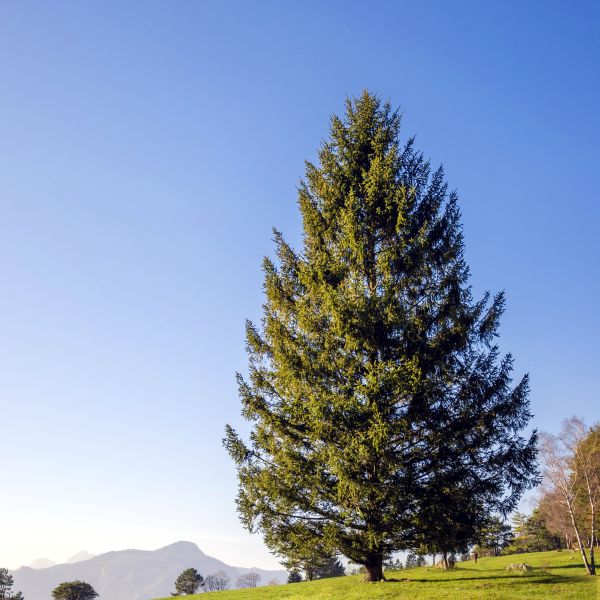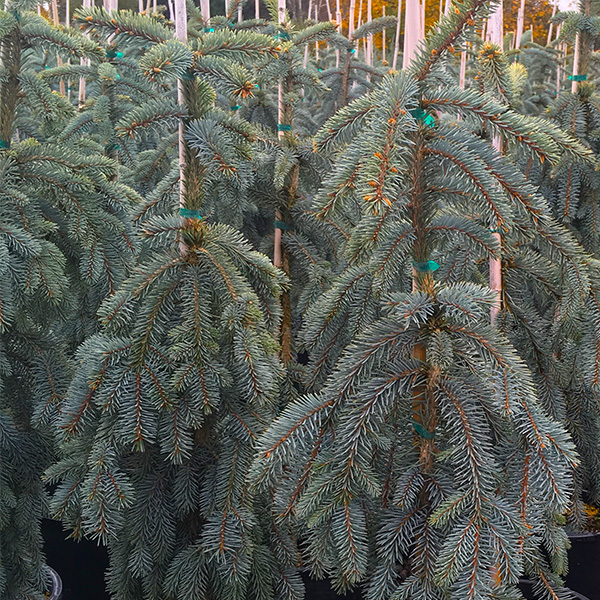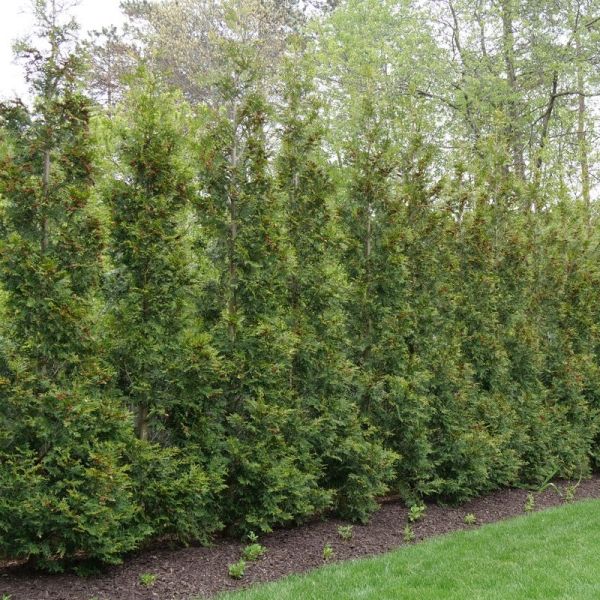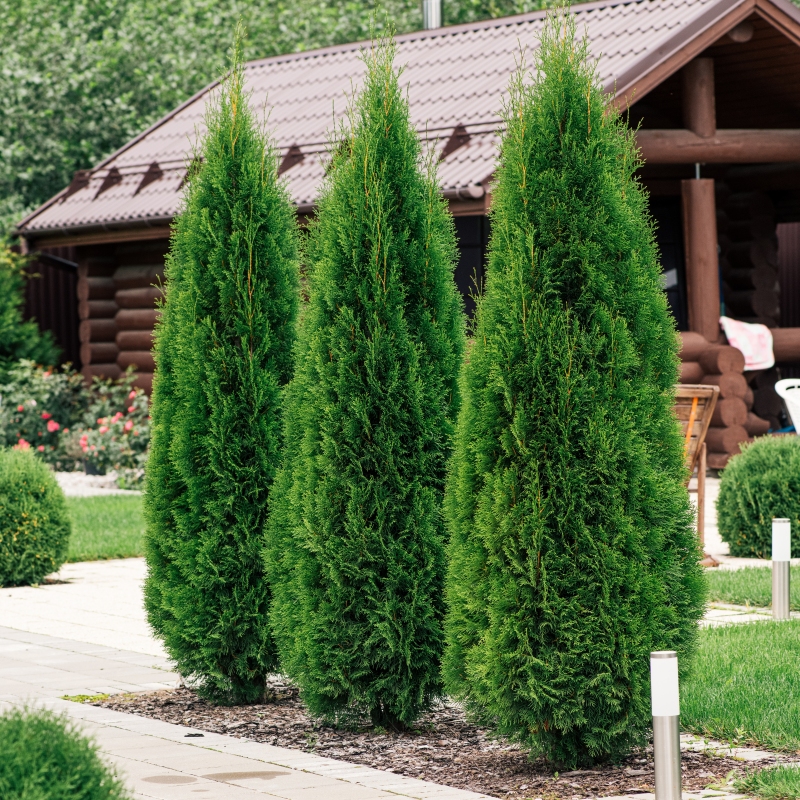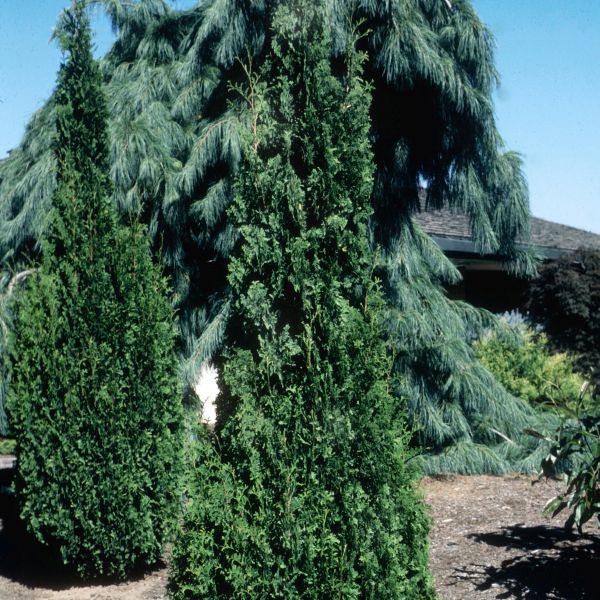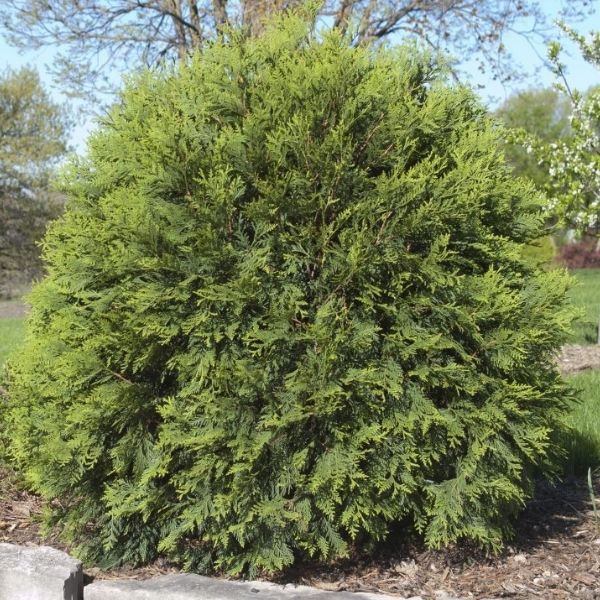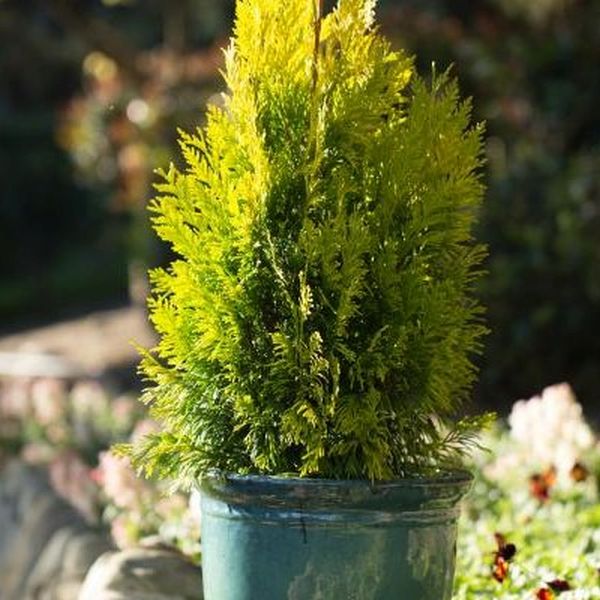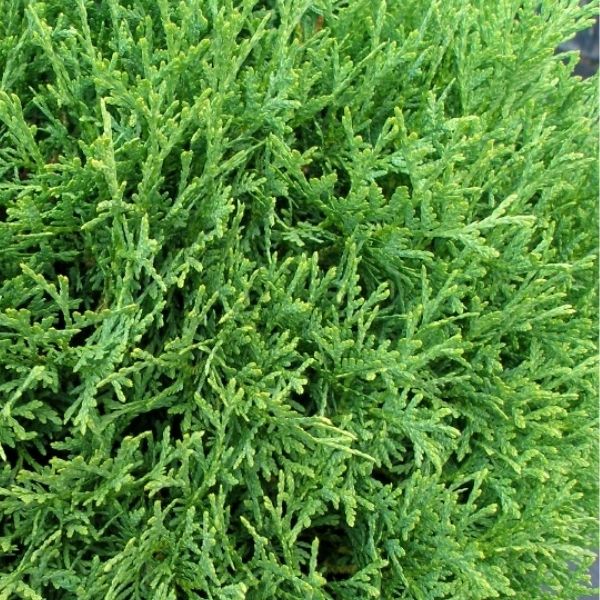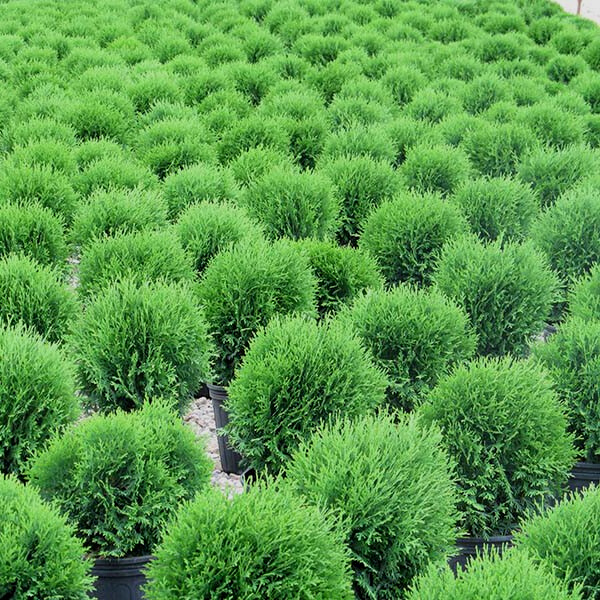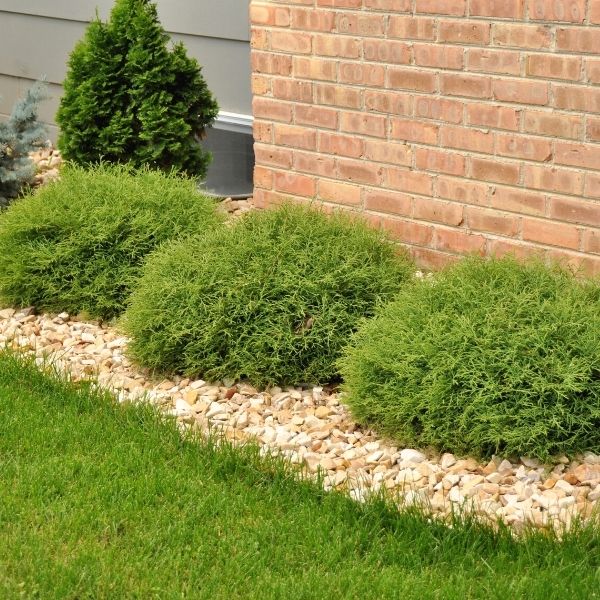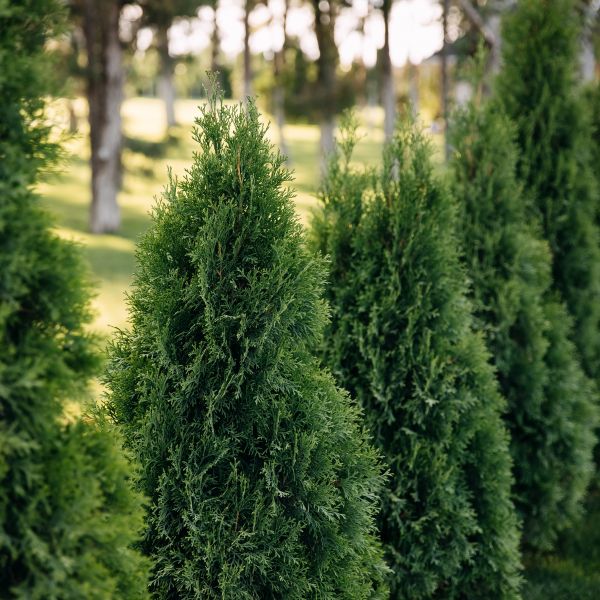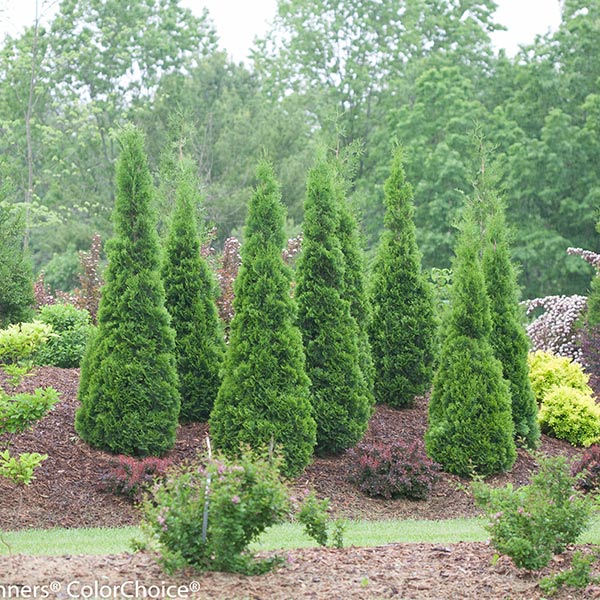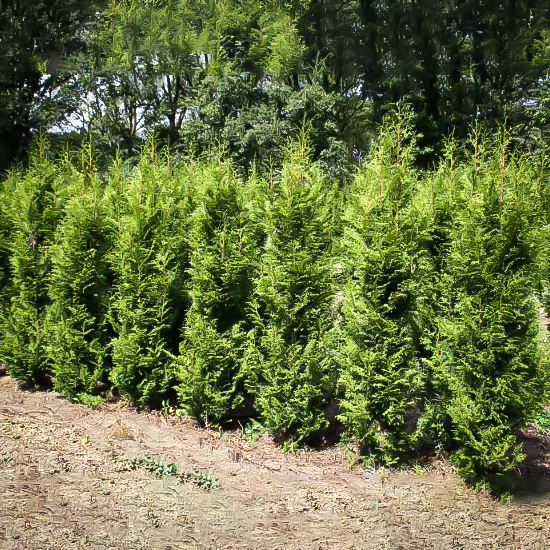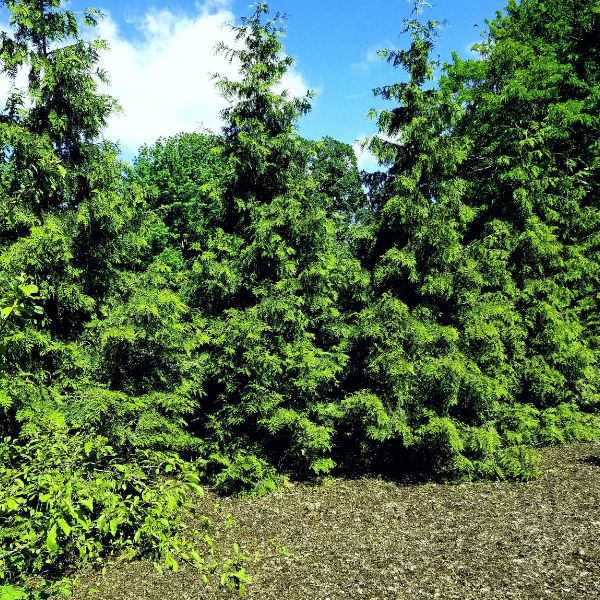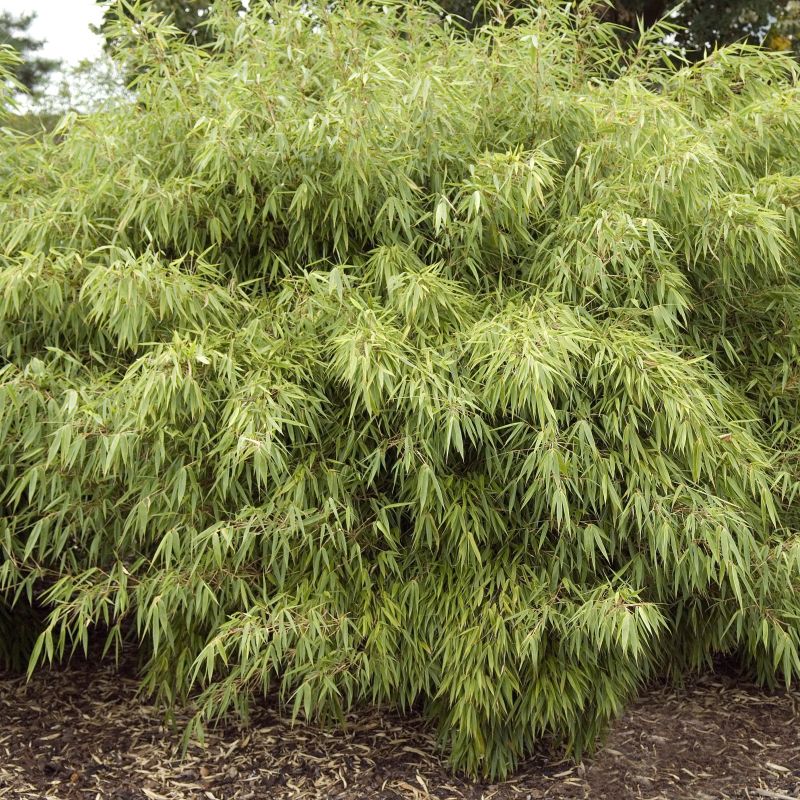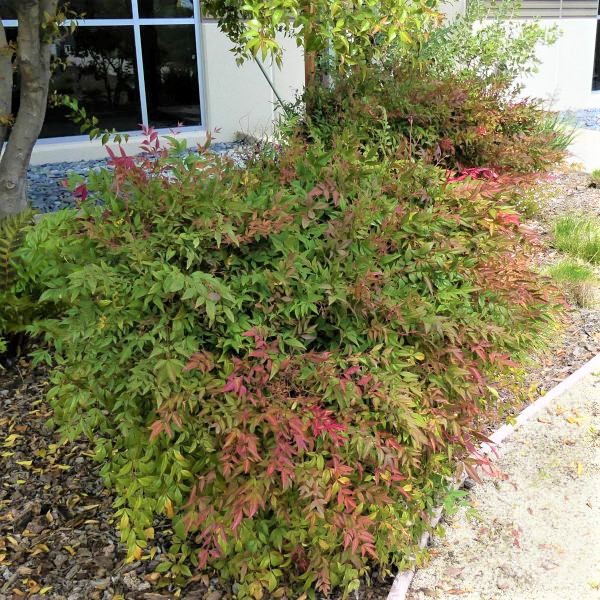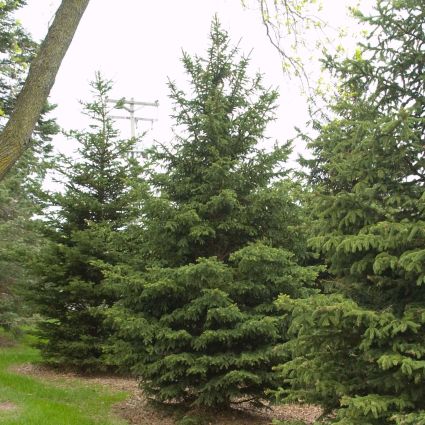

Black Hills Spruce Tree
Picea glauca 'Densata' var. densata
19 reviews
Black Hills Spruce Tree
Picea glauca 'Densata' var. densata
19 reviews
- Dense, pyramidal shape makes it an ideal Christmas tree
- Soft, blue-green foliage adds a touch of color to your landscape
- Tolerant of various soil types and climates, including cold weather
- Recommended by landscape designers for optimal fit in real yards
$101.00
$145.00
30% Off
- Ships to 43215 in 3 to 7 days
- Free Shipping Over $150
- Plant Arrival Guarantee
- In Stock
- Free Plant Consult
$200 - Landscape-Approved: Every Plant We Sell Comes With Design Expertise Behind It
- 1.5 Gallon
- 3.5 Gallon
Not just beautiful - intentionally selected by ShrubHub's 3D landscape design team to fit real-world spaces and maximize yard potential.
Why Black Hills Spruce Tree?
The Black Hills Spruce Tree, also known as Picea glauca 'Densata', is a slow-growing conifer that can reach heights of up to 70 feet tall and 20 feet in width. It is known for its dark green foliage and narrow, conical shape. This tree is highly adaptable to a variety of soils and climates, making it a popular choice for landscaping and as a windbreak. It is also resistant to pests and diseases, making it a low maintenance option for homeowners.
People who loved this plant also bought
Sunlight
The Black Hills Spruce tree prefers full sun exposure, meaning it requires at least 6 hours of direct sunlight per day for optimal growth and health.
Watering
The Black Hills Spruce tree requires regular and adequate watering to establish its roots during the first few years. It prefers moist but well-drained soil and benefits from watering about once or twice a week, especially during dry periods.
Fertilizing
The Black Hills Spruce tree requires a balanced fertilizer with equal amounts of nitrogen, phosphorus, and potassium. Slow-release fertilizers are generally recommended, applied in early spring or fall, following the manufacturer's instructions.
Black Hills Spruce tree is a distinct variety of white spruce. It's named after the black hills of South Dakota, where it's native. Black Hills spruce tree has a lovely conical, uniform shape and thick foliage in the lovely colors of blue green, and dark green, leading many to cultivate it as a Christmas tree.
Black Hills spruce tree is loved for its resistance to winter injury during cold winters, poor soil, wet soil, and bad weather. Aside from Christmas trees, it's widely used as a winter cover for those reasons.
Unlike the typical white spruce, it has a slow growth rate. Normally, black hills spruce grows to 50 to 100 ft. The Black Hills spruce tree is often used for Bonsai, the art of growing miniature trees in containers.
The seed of black hills spruce trees is important for small mammals and songbirds. The branches are also nesting sites for many varieties of birds.
When it comes to planting care, black hills spruce trees are fan-favorite evergreen shrubs for their low maintenance and the lovely look they add to residential landscapes. It does best in cold winters and cool summers, so hardiness zones 3-6 are perfect for this white spruce variety. In those conditions, this tree can thrive for more than 80 years.
However, this white spruce tree can be susceptible to diseases when young and not fully attended to. But with shrubhub.com, you'll have absolutely nothing to worry about as your tree will arrive with the healthiest and strongest root system.
Plant Information:
| Botanical Name: | Picea glauca 'Densata' var. densata |
| USDA Zones: | 2 - 8 |
| Water: | Low Moisture Once Established |
| Exposure: | Full Sun |
| Soil Needs: | Widely Adaptable |
| Mature Height: | 40 - 60 feet |
| Mature Spread: | 15 - 25 feet |



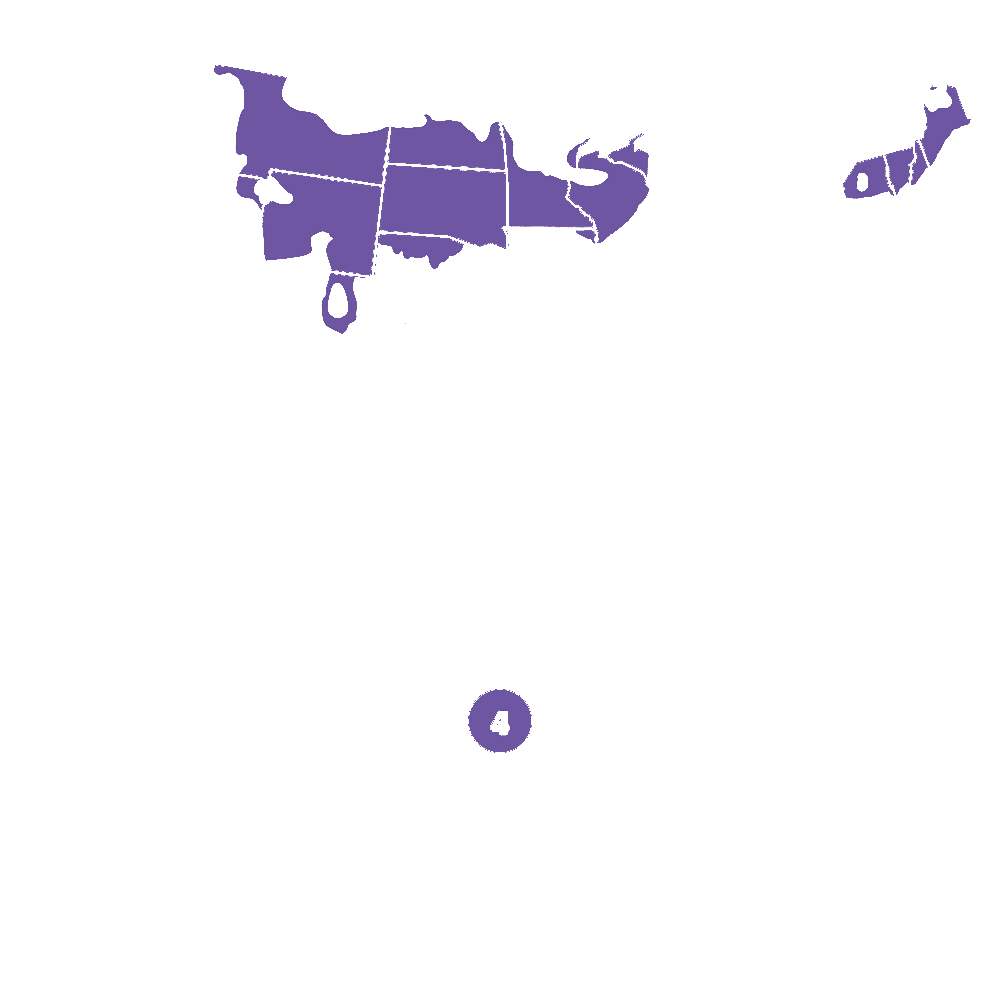
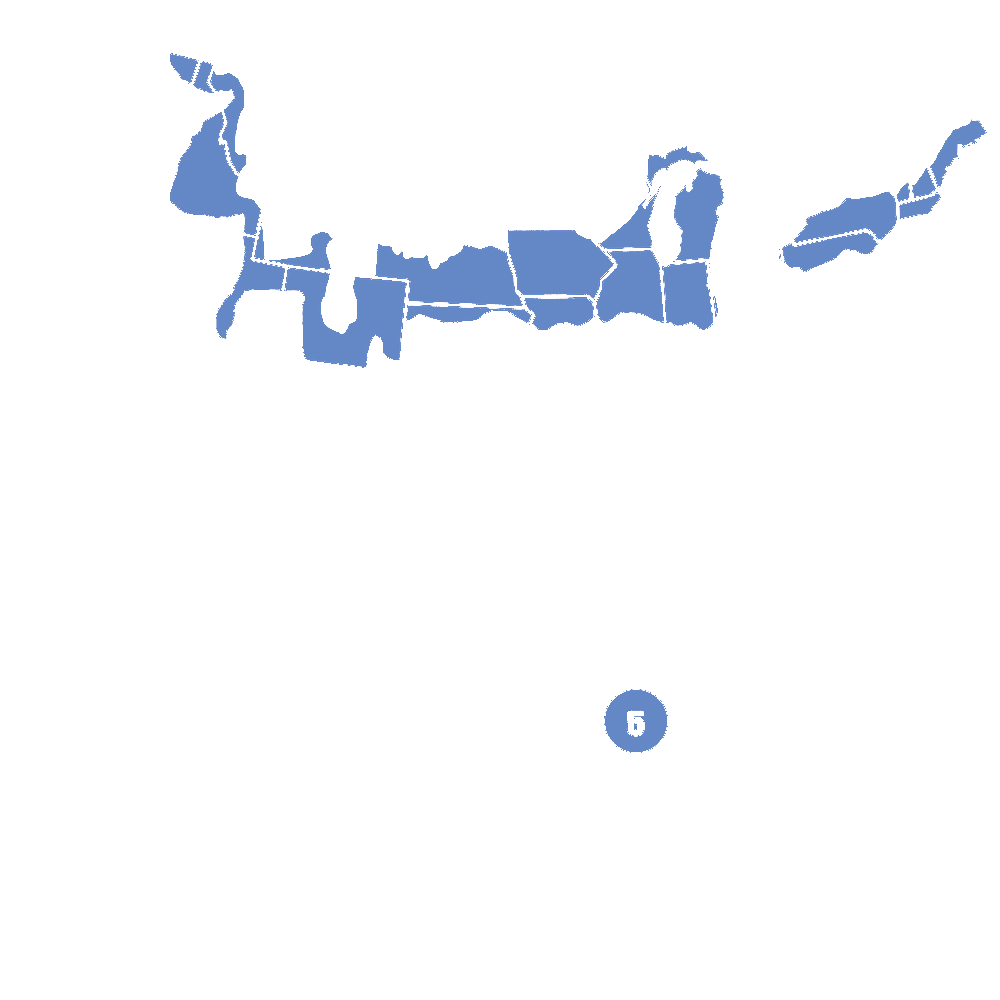
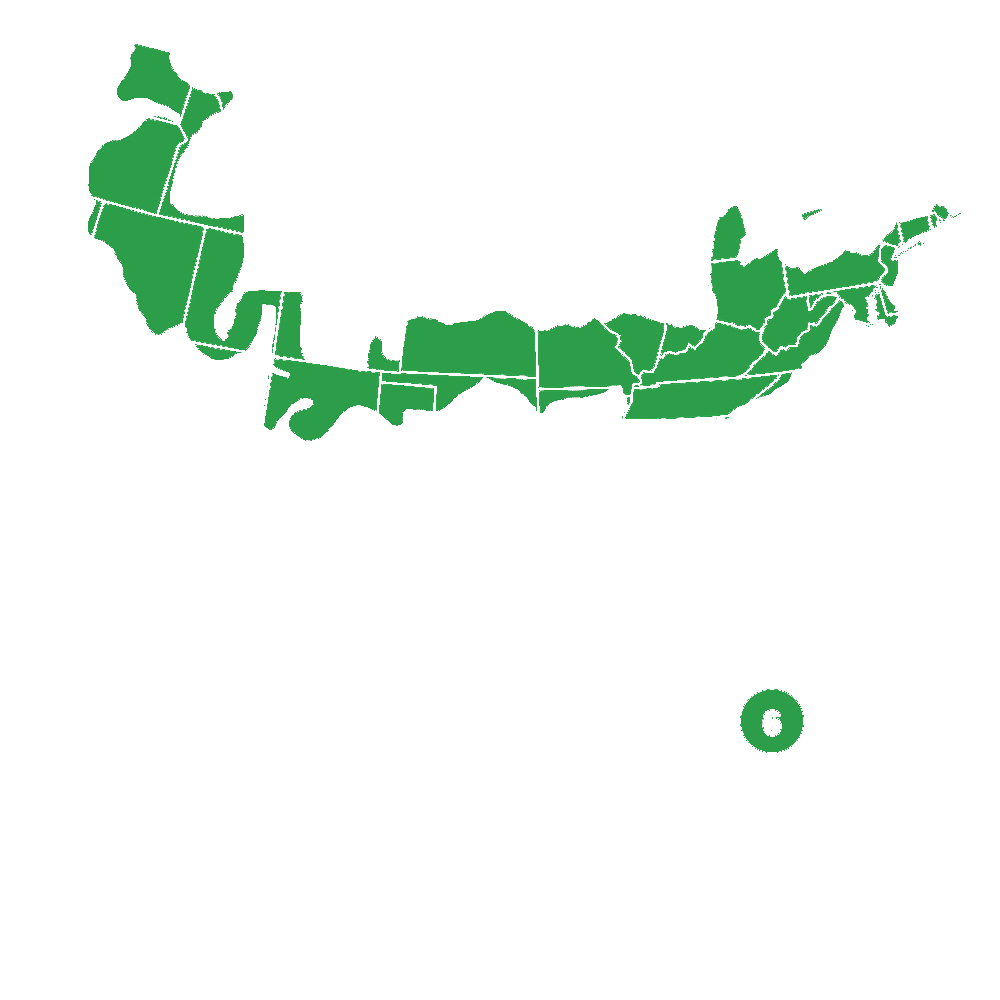
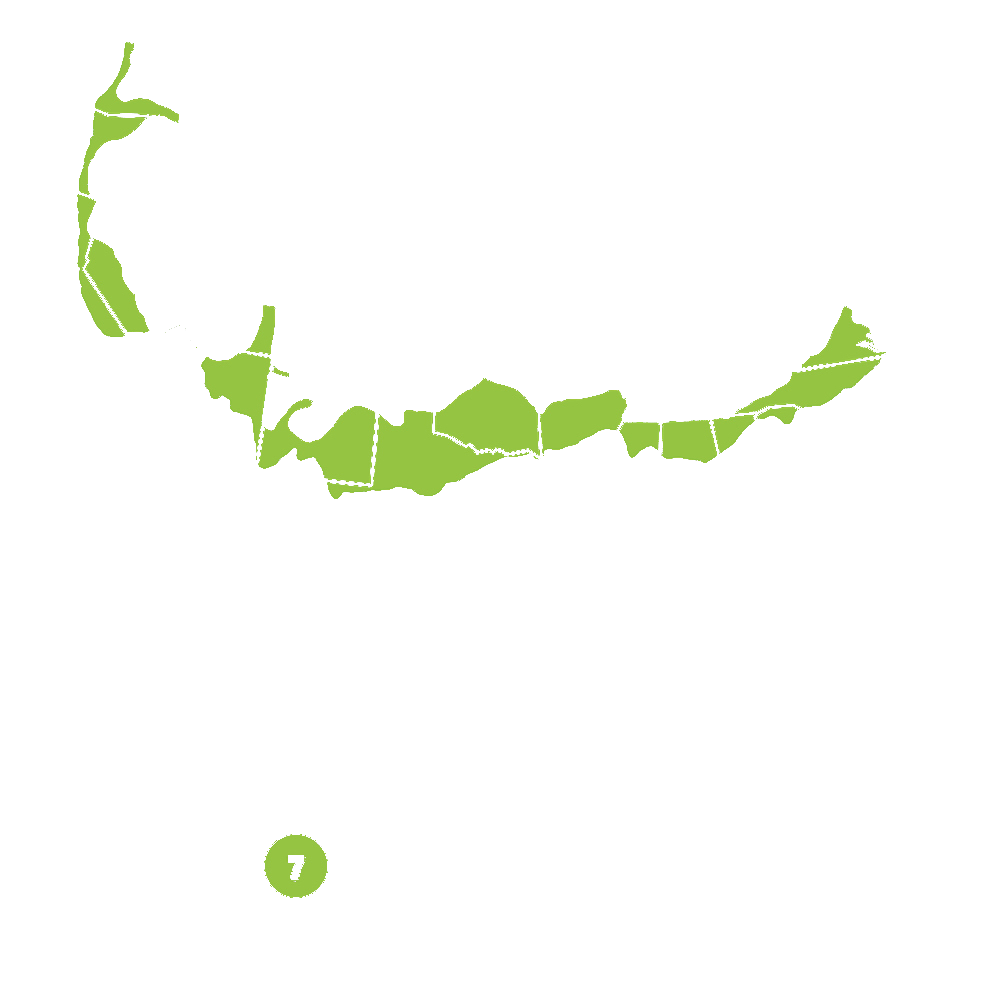
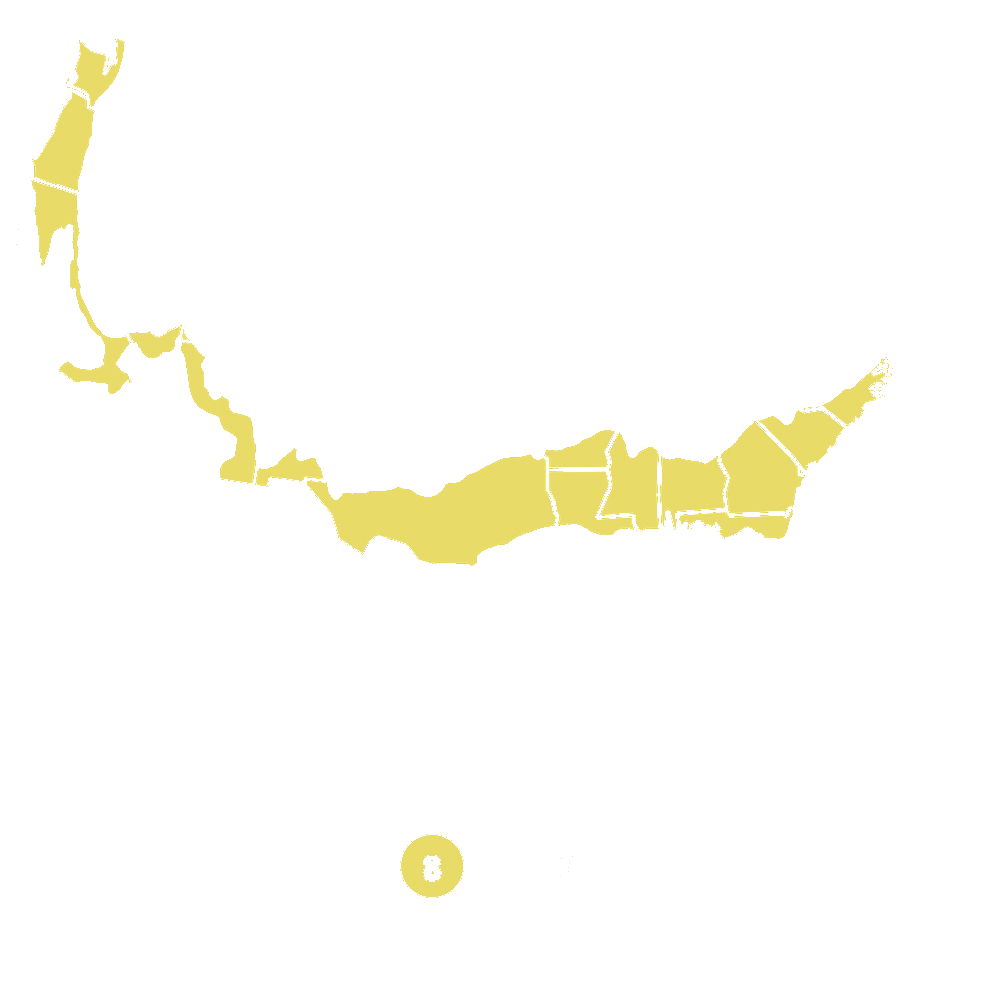
Pollination Info
Pollination Information for Black Hills Spruce Tree (Picea glauca 'Densata')
Black Hills spruce trees are wind-pollinated, meaning they do not rely on insects or other animals for pollination. The male cones produce pollen, which is carried by the wind to the female cones. Once the pollen reaches the female cones, it fertilizes the ovules inside.
Black Hills spruce trees typically begin producing cones when they are around 10-20 years old. The cones are typically produced in the upper branches of the tree, and can remain on the tree for several years before fully maturing.
It is important to note that while Black Hills spruce trees are wind-pollinated, they can still be affected by environmental factors that can impact pollination, such as air pollution and changes in climate.
FAQ
Black Hills Spruce Tree (Picea glauca 'Densata') FAQ
What is a Black Hills Spruce Tree?
The Black Hills Spruce Tree, also known as Picea glauca 'Densata', is a medium-sized evergreen tree that is native to the Black Hills of South Dakota. It is an extremely hardy and adaptable tree that is commonly used for landscaping and as a windbreak in the Great Plains region of the United States.
What are the characteristics of a Black Hills Spruce Tree?
The Black Hills Spruce Tree typically grows to a height of 30-60 feet tall with a spread of 10-20 feet. It has a narrow, pyramidal shape and a dense, compact growth habit. The branches of the tree are stiff and held tightly to the trunk, which gives the tree its distinctive form. The needles of the tree are short, stiff, and blue-green. They are arranged in a spiral pattern along the branches and are generally about 1 inch in length. The Black Hills Spruce Tree produces small, oblong cones that are about 2-4 inches in length.
How do I care for a Black Hills Spruce Tree?
The Black Hills Spruce Tree is relatively low-maintenance and easy to care for. It prefers well-drained soil and full sun, but can tolerate some shade. The tree is highly drought tolerant and does not require watering once it has become established. However, it is important to keep the soil around the tree moist during periods of extreme heat or drought. The Black Hills Spruce Tree is also extremely cold tolerant and can withstand temperatures down to -50 degrees Fahrenheit. Pruning and trimming should be done in the late winter or early spring before new growth begins.
Can I plant a Black Hills Spruce Tree in my yard?
If you live in the Great Plains region of the United States, you can likely plant a Black Hills Spruce Tree in your yard. The tree is extremely hardy and adaptable, and can tolerate a wide range of growing conditions. However, it is important to note that the tree may not do well in areas with high humidity or salty soils. Before planting a Black Hills Spruce Tree, be sure to research the specific growing requirements for your region and soil type.
What are some common uses for Black Hills Spruce Trees?
The Black Hills Spruce Tree is commonly used for landscaping or as a windbreak in the Great Plains region of the United States. It is also used as a Christmas tree, due to its compact size and attractive blue-green needles. The wood of the tree is strong and durable, and is sometimes used for construction, flooring, or furniture.
Planting & Care
Planting & Care for Black Hills Spruce Tree (Picea glauca 'Densata')
Planting
- Choose a planting location with well-drained soil and full to partial sun exposure.
- Dig a hole that is twice as wide and just as deep as the root ball of the tree.
- Gently remove the tree from its container and loosen any tangled roots.
- Place the tree in the hole and fill in the soil around the roots, tamping it down gently.
- Water the tree thoroughly and add a layer of mulch around the base of the tree.
- Water regularly during the first few growing seasons to encourage deep root growth.
Care
- Water the tree deeply during periods of drought or hot weather.
- Prune the tree in early spring before new growth appears to shape it and remove any dead or diseased branches.
- Fertilize the tree once a year in early spring with a slow-release fertilizer formulated for evergreens.
- Watch for signs of pests or diseases, such as yellowing needles or browning branches, and treat promptly.
Check Out These Verified Customer Reviews:
Customer Reviews
4.7 out of 5 based on 19 reviews
Thank you! Your review has been submitted.
Fast shipment, well-packaged
Great customer service, answered all my questions promptly.
Impressed with the size and shape
Item has been added to your cart.



